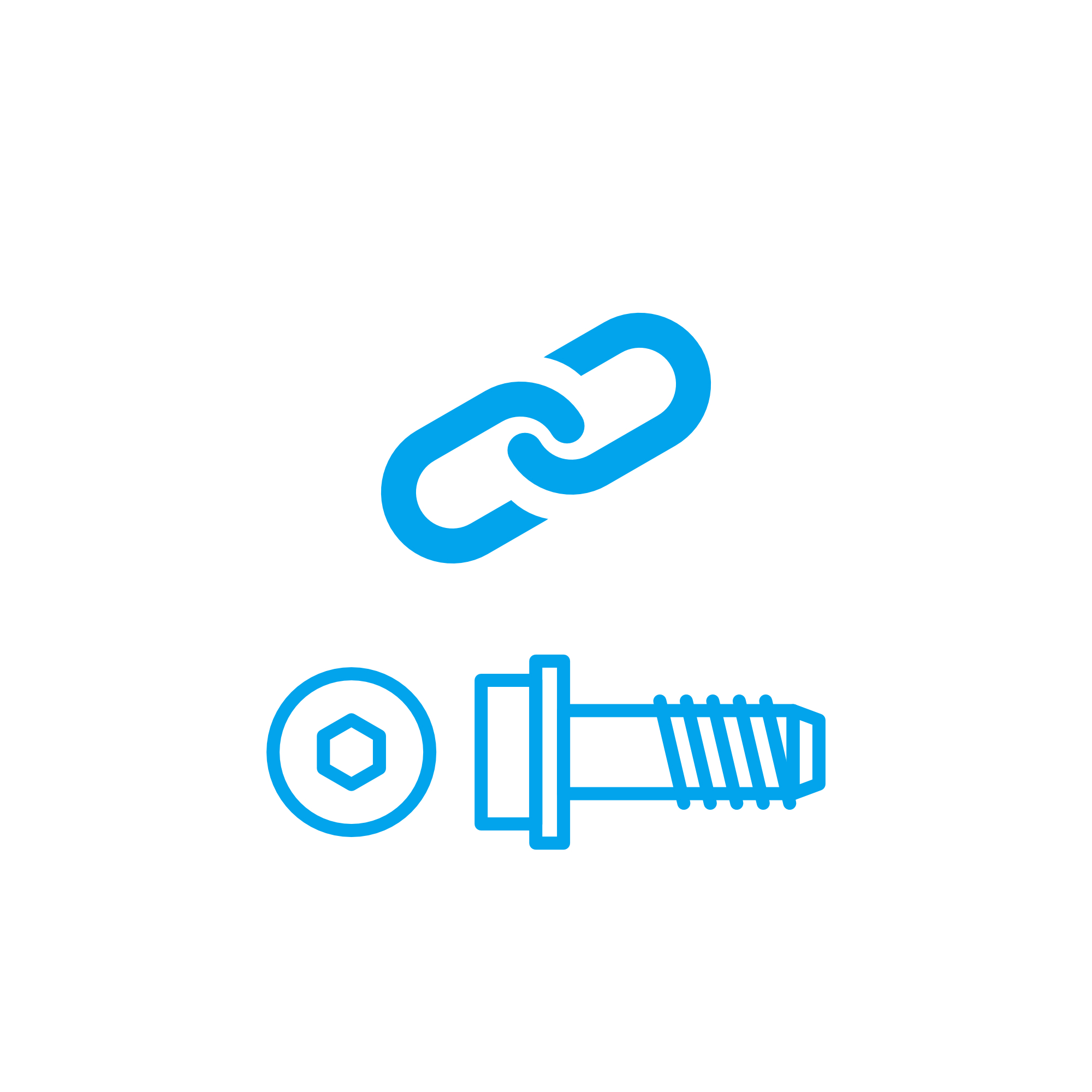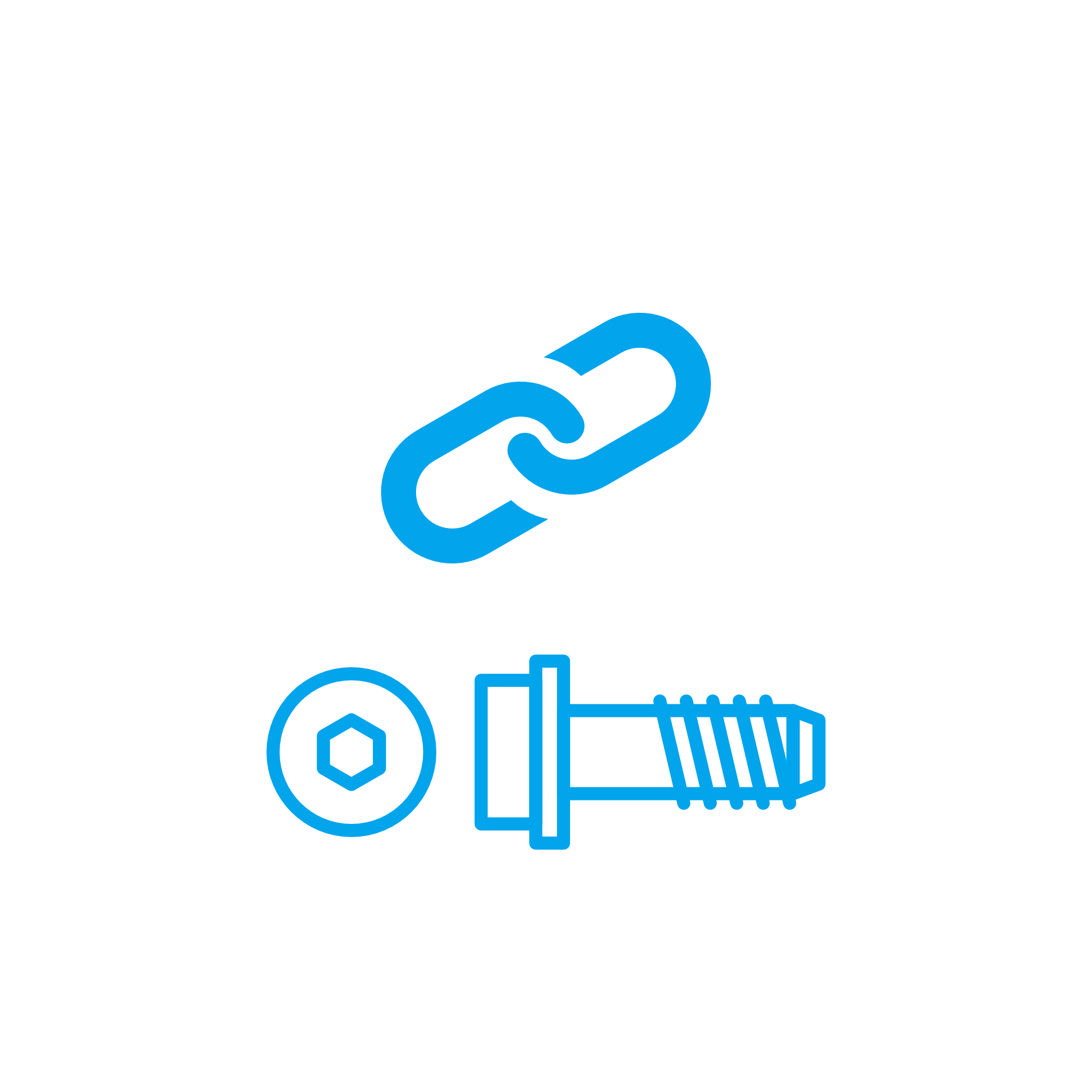CIRCLIP connecting elements for high‑demand marine and diesel engines
Connecting elements are the precision fasteners and retainers that hold an engine together under thermal cycles, vibration, and high dynamic loads. This category includes bolts, studs, nuts, washers, dowels, keys, pins, and retaining rings such as the CIRCLIP. In large marine engine and diesel engine applications, these parts secure critical interfaces—head to block, bearing caps, housings, gears, and piston assemblies—preserving geometry, alignment, and sealing. Their quality and correct specification directly influence power density, efficiency, emissions stability, and operational safety.
Technical function of connecting elements with a focus on CIRCLIP performance
Connecting elements create controlled clamping forces, precise axial location, and repeatable alignment. Preloaded bolts and studs convert torque into tension to keep joints closed against combustion pressure and bending moments. Washers manage friction and embedment, dowels carry shear and define position, while pins and keys transmit torque. Within this system, the CIRCLIP provides secure axial retention in grooves on shafts and in bores, preventing components from drifting, walking, or ejecting under alternating loads.
In a diesel engine piston assembly, a CIRCLIP keeps the piston pin precisely seated, avoiding contact with cylinder walls. In a marine engine gearbox or auxiliary drive, CIRCLIPs locate bearings or gears so that backlash, end float, and bearing preload remain within specification. Made from heat‑treated spring steel and finished for corrosion and wear resistance, the CIRCLIP maintains consistent radial spring force and axial holding capability across long service intervals.
Performance depends on tight dimensional tolerances of groove width/depth, ring thickness, and free diameter, plus surface finish that limits stress raisers. Correct installation—using the right pliers, orienting ring ends away from the load path where applicable, and verifying full groove seating—ensures the CIRCLIP marine engine retention remains reliable. For critical builds, traceable CIRCLIP OEM parts match the groove profile and material class defined by the engine maker, stabilizing joint integrity under thermal expansion and vibration.
- · High tensile and spring properties for sustained preload and retention.
- · Tight tolerances for groove fit and axial positioning accuracy.
- · Engineered surfaces to control friction, wear, and corrosion.
- · Stable under heat, oil, and fuel exposure in diesel and gas engines.
- · Vibration resistance to prevent loosening, walking, or fretting.
- · Consistent installation with defined torque/tension or snap‑fit procedure.
- · Traceability for compliance and quality control in critical equipment.
Why connecting elements matter for engine reliability and service life
The durability of an engine is only as strong as its connecting elements. Loss of bolt preload can lead to head gasket leakage, bearing cap movement, misalignment, and rapid wear. Fretting at interfaces increases debris and accelerates fatigue. A worn or incorrect CIRCLIP can allow a piston pin to migrate, causing catastrophic liner scoring and seizure. Similarly, bearing or gear displacement from an ill‑fitting retaining ring leads to noise, heat, loss of efficiency, and potentially sudden failure.
Because engines experience thermal cycling, the consistency of material strength, hardness, and residual stresses in connecting elements is decisive. Components that relax under heat, lack corrosion resistance, or deviate from specified dimensions risk loss of clamping force, end‑float drift, and seal failure. Routine inspections should include measuring fastener stretch where applicable, checking joint re‑torque schedules, verifying CIRCLIP end gaps and seating, and replacing any element showing deformation, nicks, or corrosion pitting.
Advantages of OEM spare parts suitable for connecting elements and CIRCLIP OEM parts
Selecting OEM spare parts suitable for connecting elements protects performance and budget across the asset’s lifecycle. These parts replicate the validated metallurgy, heat treatment, geometry, and surface condition needed to deliver the intended torque‑to‑tension relationship, groove retention, and long‑term stability. CIRCLIP OEM parts arrive with consistent material classes and edge profiles that match the specified groove geometry, maintaining axial location without overstressing the piston or housing.
With OEM spare parts suitable for connecting elements, purchasers gain predictable joint behavior: known friction coefficients during tightening, defined embedding characteristics under load, and proven resistance to fatigue and corrosion in the intended environment. This translates to fewer reworks, shorter maintenance windows, and reduced collateral damage risk—large cost drivers in marine engine and power generation operations.
CIRCLIP diesel engine specifics that underpin efficiency and safety
In high‑BMEP diesel engines, the CIRCLIP must withstand rapid load reversals while preserving precise pin or bearing location. OEM spare parts suitable for connecting elements ensure compatible hardness ranges for both ring and host groove, minimizing groove wear and ring set. Properly specified ring free diameter, shoulder geometry, and edge quality prevent stress concentrations that could propagate cracks. The result is consistent timing of moving assemblies, controlled friction losses, and protection against sudden failures that can take an engine offline.
MOPA as your partner for OEM spare parts connecting elements
MOPA supplies OEM spare parts connecting elements—including bolts, studs, nuts, washers, dowels, pins, keys, and CIRCLIP OEM parts—for diesel and gas engines in marine and industrial service. As an experienced and reliable partner, MOPA prioritizes speed, quality, and security in every transaction: rapid response to RFQs, precise cross‑referencing to engine maker part numbers, documented quality control, and secure logistics that keep scheduled maintenance on track.
Whether you need a single CIRCLIP for a piston overhaul or a complete set of connecting elements for a major service, MOPA aligns specification, availability, and technical support. This ensures the right part reaches the vessel or plant in time, configured for the environment and duty profile, with the consistency required for safe, efficient operations.
Conclusion
Connecting elements are the backbone of engine integrity, and the CIRCLIP plays a vital role in axial retention for critical assemblies. Choosing OEM spare parts suitable for connecting elements—especially CIRCLIP OEM parts—helps safeguard performance, reliability, and lifetime cost, keeping marine and diesel engines operating efficiently and safely.



